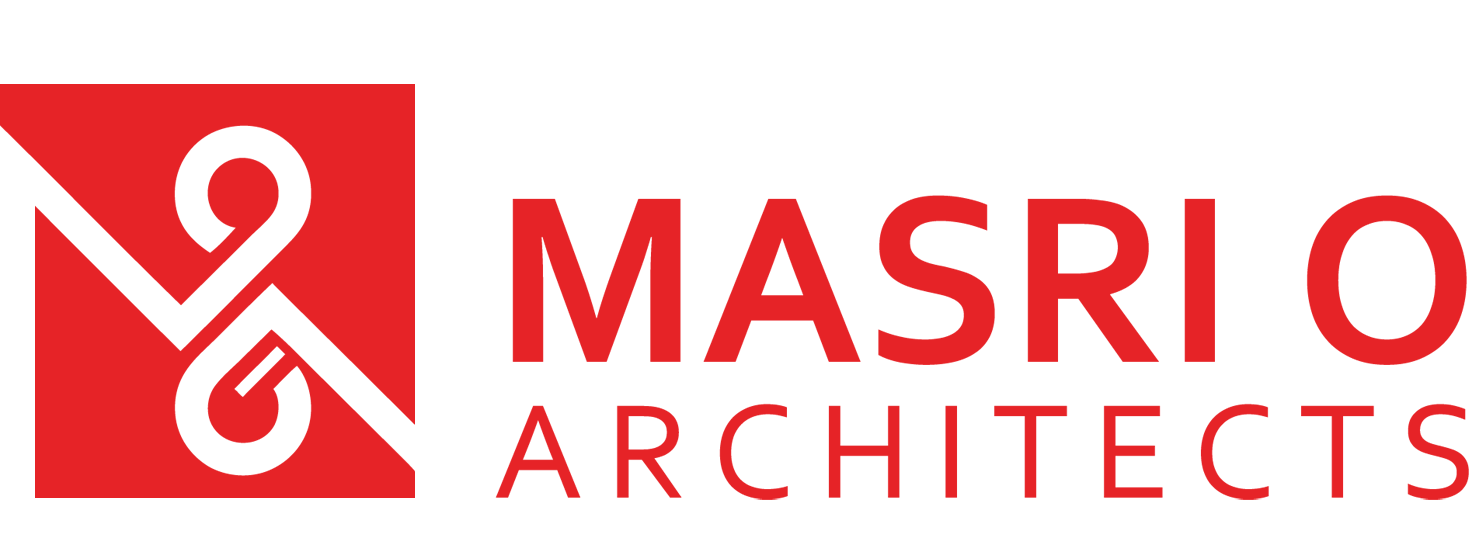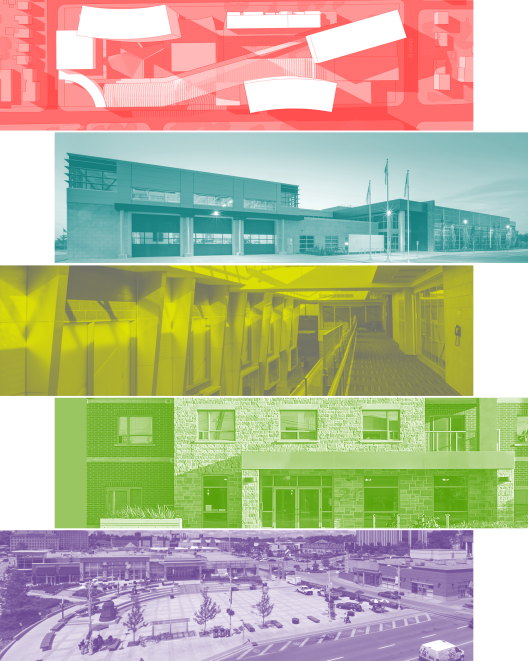Industry Perspectives: Public-private partnerships and their Impact on Architecture
The following is an interesting article written by Toon Dreessen, president of Architects DCA in Ottawa. It was published June 4, 2018 by the Daily Commercial News. The link to the online article can be found at: P3’s
“On April 29, Alex Bozikovic of The Globe and Mail wrote about public-private partnerships (P3s), focusing on the east Vancouver campus of Emily Carr University of Art and Design (ECUAD).
What is a public-private partnership?
The Canadian Council for Public-Private Partnerships defines it as, “a co-operative venture between the public and private sectors, built on the expertise of each partner, that best meets clearly defined public needs through the appropriate allocation of resources, risks and rewards.”
Bozikovic says while buildings he has seen constructed under the P3 model may be completed on time and on budget, “not one has been excellent architecture.”
How, as architects, are we to evoke emotion of any kind under this model? If a school focused on art and design lacks beauty and excitement, that’s a big problem.
Bozikovic goes on to say that the design, “probably looked good on paper.”
In reality, it’s important to test, explore, create and model ideas. The P3 model unfortunately does not allow for this discovery time.
In the article, I stated that this, “means, in the end, it all comes down to cost.” When big firms bid on a job, they are all more-or-less equally qualified. Who wins is often the firm willing to cost the job low. We get what we pay for. Over time, those who use the building will see that the lack of time for thoughtful design means lower quality and higher repair and replacement costs.
The president of the ECUAD said, “the ethos, is that function trumps useless design.” This is quite a statement for the president of an art and design school. The students and faculty should be inspired to perform creative work every day when they enter the building. Our built environment should inspire and uplift the human spirt. To determine that the goal of any building, let alone an art school, is to assign a greater value to function than design is very unsettling.
Let’s compare two approaches to building a school, as an example.
In a conventional approach, the school board posts an RFP, architects respond, the successful firm wins the job, consults with the school board, users, stakeholders, community and other interested parties, and creates a design for a school.
Then contractors bid on the work, and a successful bidder wins the job and it gets built. Both contractor and architect are private companies and get paid for their work. The school board takes over operations and, hopefully, maintains and operates the building. Over time, the investment the architect and contractor made in doing a good job, combined with the board’s goals for sustainability and quality, pay off in energy savings, lower operational costs and easier maintainability.
If the school board budgets money for repairs and doesn’t need it because of a better quality product, then those savings go into other programs, helping the students in other ways. So if the school generates a “profit,” it helps others.
In a P3 model, the school board hires an “advocate architect” team to prepare design ideas and create an “exemplar” project, which may or may not include actual drawings, based on user stakeholder engagement. Then a consortium, including a builder and architect, bid on the project. They generally can’t talk to the stakeholders, or if they do, their innovations that improve the design are secondary to the cost model, as we see with ECUAD, in my opinion.
So, we have duplicate professional consulting, paying twice for designs and ideas, all of which is secondary to the bid price. When the project is finished, students and staff move in, but the consortium stays on board to operate the building, usually for 20 to 30 years. They expect to make a profit.
Why else would they build a social or public service? So, if they save money on operations, it goes into their pockets. Instead of the profit going to help society, it benefits a private corporation.
According to the Canadian Centre for Policy Alternatives, P3s in Canada are a failure. But the outsourcing can be saved. We can return public services to public control and save money. This is a matter of public interest.
It’s costing society far more to achieve mediocre buildings. Innovation goes down when the architect’s hands are tied, and they can’t solve the problems they know are fixable, before a shovel even hits the ground. End users get a building. It’s just not the building they wanted.
This is hardly the legacy that we want to leave for the next generation.”



